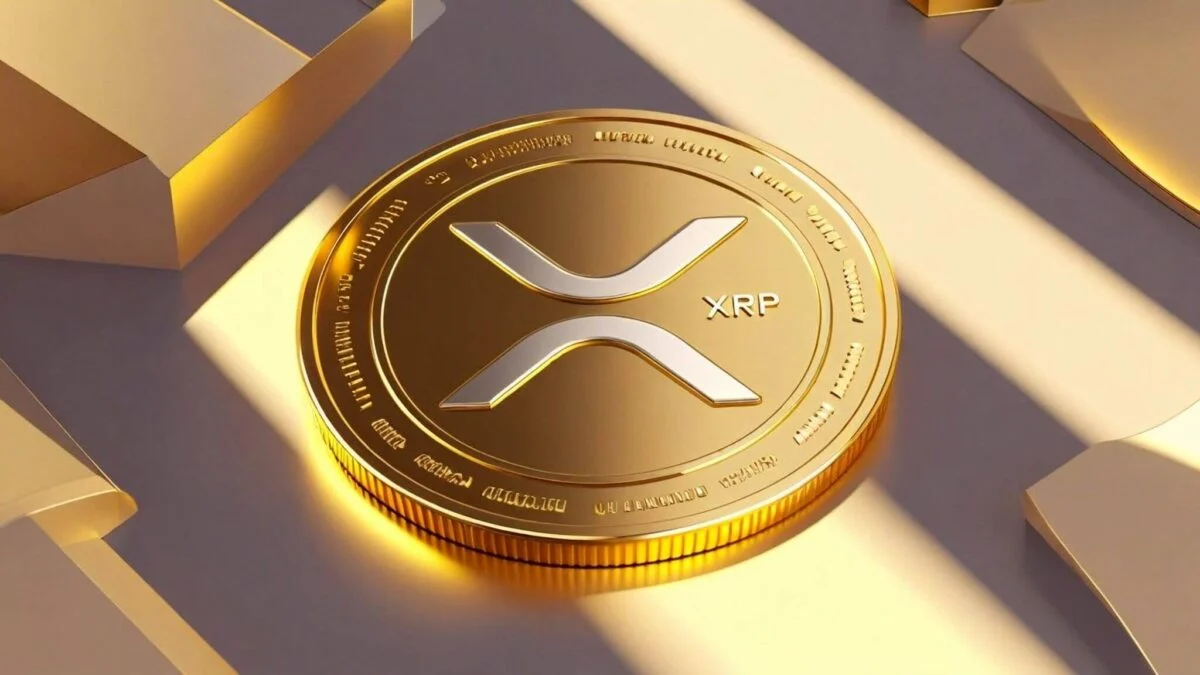TLDR
- Flare locked 4 million XRP, worth over $11 million, in an unusual mid-month escrow.
- The escrow did not follow Ripple’s regular monthly schedule, drawing community attention.
- Whale Alert first reported the transaction that occurred on October 9 at 16:16 UTC.
- On-chain data confirmed that the lock originated from Flare’s Core Vault, which is linked to the FXRP project.
- Flare began XRP escrow activity on September 24 during the first FXRP minting phase.
An unknown wallet locked 4 million XRP today in an off‑schedule escrow. Whale Alert reported the lock at 16:16 UTC and valued it at $11.213 million. The unusual timing prompted attention across the XRP community.
Flare Initiates Mid‑month XRP Escrow Activity
Flare’s Core Vault (2) triggered the escrow lock from its address, per on‑chain records. Moreover, the vault initiated similar lockups on Sept. 24, following the launch of FXRP minting. The address has already locked many small tranches before escalating to 4 million XRP.
Flare moved 16 batches of 250,000 XRP between 15:11 and 18:01 on Sept. 24, then resumed the pattern the next day. Subsequently, the vault locked 250,000 XRP tranches through October 5. Then, it executed two escrows of 4 million XRP on October 8 and October 9.
Data from XRPScan shows that the vault locked 15.5 million XRP by October 9, matching early minting volumes. Since then, the total rose to 20 million XRP at press time. The ongoing locks align withthe successive weekly FXRP caps that the team introduced.
Market Reaction and Community Speculation
The XRP community reacted quickly and speculated on the origin and intent. Some participants questioned whether Flare acted independently or on behalf of other interests. Many viewed the mid‑month move as a signal, not a random action.
Some analysts noted that the 4 million XRP lock is relatively small compared to Ripple’s usual monthly escrow of 300–500 million XRP. Yet timing outside Ripple’s schedule fueled curiosity. Others proposed that Flare aims to strategically shrink the circulating XRP supply.
Meanwhile, traders closely monitored XRP liquidity and order books. They observed modest shifts in depth across exchanges. The lock triggered discussions about supply pressure and token dynamics.
The additional XRP locked to escrow might compress available supply, proponents argue. Thus, this reinforces the “supply shock” narrative in XRP discourse. That narrative has gained traction during Flare’s rollout of FXRP.
If Flare continues to escalate locks, the XRP circulating supply will tighten over the weeks. That could affect price sensitivity to demand changes. Analysts will watch for recurring off‑schedule lockups.
Flare’s pattern of locking and minting shows a direct connection to FXRP activity. This suggests the project uses escrow locks to support token mechanics. The XRP community will carefully assess each new transaction.






